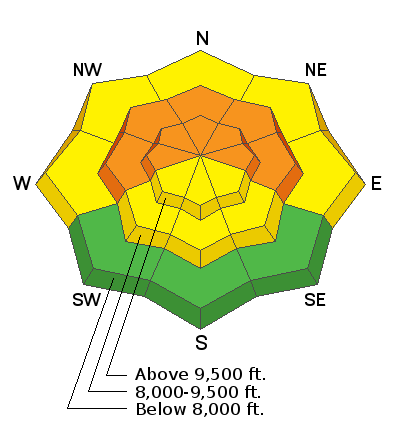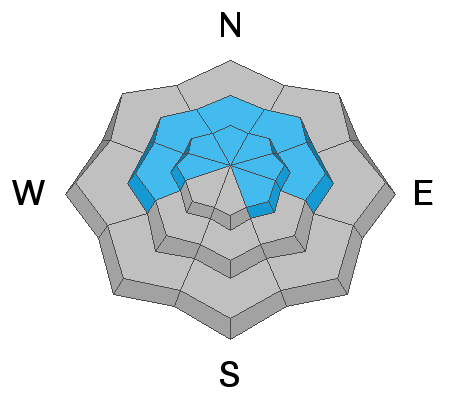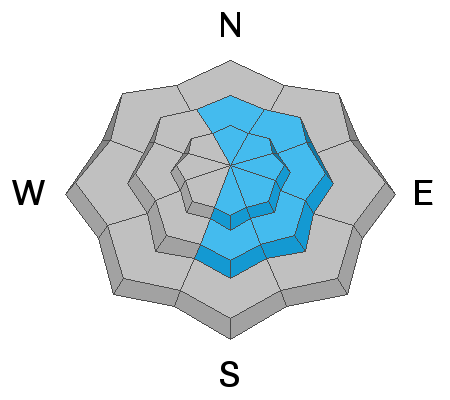Forecast for the Provo Area Mountains

Issued by Drew Hardesty on
Wednesday morning, January 6, 2021
Wednesday morning, January 6, 2021
A CONSIDERABLE AVALANCHE DANGER exists on many steep slopes in the backcountry. Human triggered avalanches 1-2' deep and 200' wide are likely and most prevalent on steep west to north to east facing slopes at the mid and upper elevations. Avalanches may be triggered on, adjacent to, or below steep slopes. A MODERATE danger exists for triggering a lingering wind drift at the mid and upper elevations. Wet rollerballs and sluffs are possible on steep sunny aspects by midday.
The Good News: excellent riding conditions exist on low angle slopes.

Low
Moderate
Considerable
High
Extreme
Learn how to read the forecast here








